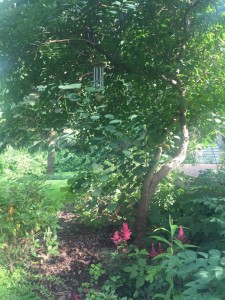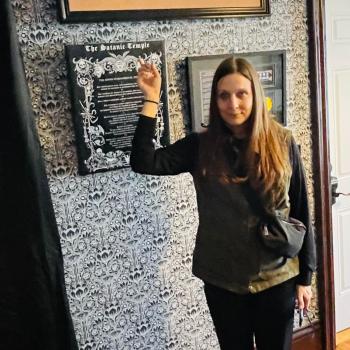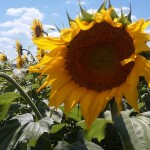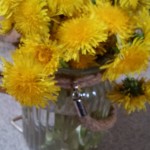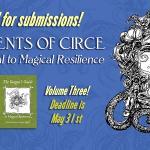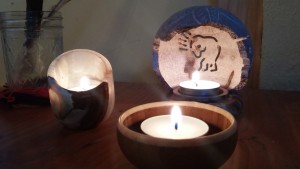
Language holds clues.
When my son was very small, he used to spontaneously burst into tears and tantrums at random moments. It took us a long time to figure out what set him off. When we had simply been talking over our day, or reading a book together, or planning dinner, why was he so triggered? After some months, I finally had a breakthrough—or at least, I think I did. To this day I don’t know if I was right (but the crying did get better, so something helped).
It turns out he was upset by the words “up” and “down.”
They’re such slippery little words. We use them in so many figurative ways. Try making a list sometime of all the common phrases that use either of those words. For my literal minded son, at age two, it was simply overwhelming and confusing, to hear these directional words used in contexts where they became nonsensical. (Look something up in a book? Write it down? What do those things mean?)
***
For those of us who have managed to reconcile ourselves to the idiom-soaked nature of English, language holds clues. And the phrase “slowing down” is the one I want to focus on here.
I already wrote about the downward motion that is (to me) inherent in endarkenment. But there is also a slowing, almost to stillness. One cannot seek endarkenment with the clock ticking or the timer going off. And the very phrase, “slow down” suggests there is a relation between the movement downward and the loss of velocity. We come to rest. We land (we ground). The earth offers enough resistance that we pause for a bit before burrowing under the surface of things.
In the dark one feels one’s way forward, fingers splayed out, sensing. It’s necessary to move slowly. We are learning to trust new senses.
It may be necessary. But it isn’t comfortable. I am restless, impatient with myself, always frustrated at my own lack of progress, whatever the work at hand. There is so much to do, so far to go—and I am not nearly where I ought to be, say the voices in my head. Hurry. Push it. The end of the school year push brings a breathlessness and exhaustion with it.
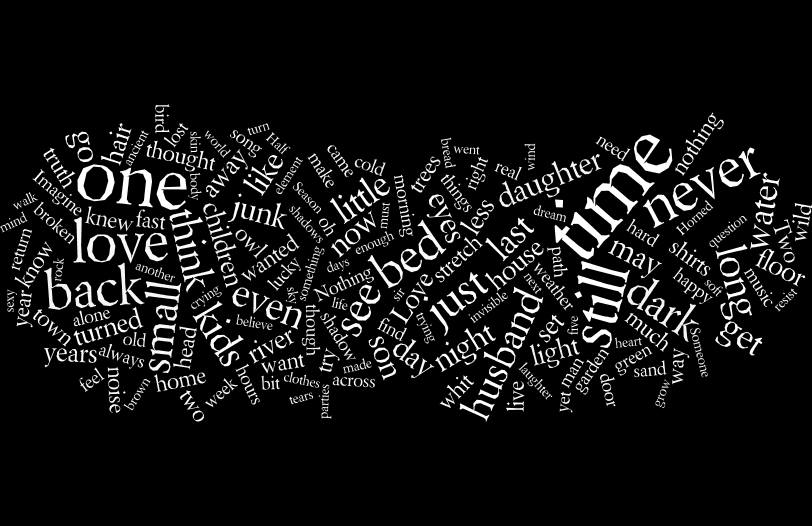
I recently heard this bit of wisdom: We overestimate how much we can get done in a day, but always underestimate how much we can get done in a year. Thinking about this, I know it is true. At the end of any given day, my to-do list is mostly only half crossed off—but if I think back to where I was one year ago, I’m astonished.
Even when we feel stalled or stuck…we are actually moving. Things are happening at levels we can’t consciously navigate.
To engage creatively, we have to learn to trust ourselves.
This is true in writing poetry, as Yvonne and I wrote about. It’s true in any writing, including this blog entry. (I had to start four times before I found my way with this one. I had to walk away and come back, after days.) But more than that, too. I have friends who are grieving. Friends who are fighting. Friends who are searching their lives for what comes next. In all of these cases, creativity, and slow living, are called for to avoid flammable reactions or settling into the easiest, but not best, solution.
Living well, living fully, listening into the dark is an ongoing creative process that takes courage. For some of us, art is one byproduct of a life deeply dared and lived. (This is one of my ongoing arguments with Yeats, who claimed in “The Choice” that we must choose “perfection of the life, or of the work.” I see no choice to be made.)
And, importantly, we need to find strength enough to slow the pace of our lives down and let those deeper processes have the time they need to do their work on us. Growing, healing, changing takes energy. The temptation (culturally reinforced) to keep busy, to pack in more to every hour, to multitask, to squeeze in an extra errand, to fit one more thing into our already overly crowded schedule—this temptation must be fought off. With our claws. With our teeth. Because more often than not, not only is it antithetical to our growth as individuals, it is one way we actively build up walls to keep ourselves from facing the mess.
It is healthy, and necessary, to occasionally sit and look out the window on a rainy day. To stroll, rather than jog. To read a novel, rather than a blog post. To graze on fresh picked berries and herbs, rather than throw something in the microwave. Even just to sit in the sun and soak up the spring warmth and the scent of flowering trees. Above all, to put away the screens and turn the phones off for a while.
Something happens to time when we choose the slower path. It becomes more fluid. The minutes no longer tick second by second, rather they pour into each other, flowing and ebbing as our breathing shifts, as our thoughts slide and skitter and slide. We become a little more fluid, opening to change in ways we can hardly articulate. In such moments, it may feel to our restless, sensing brains as though nothing is happening. We certainly can’t point to evidence of being productive. And yet, a year of this, or even a month, or maybe even a good rich weekend of retreat, I can’t help but believe, would be life-altering.
This sort of slow motion living is how the deeper wells of being get stirred.
Are you ready? On your marks…get set…slow.
